Features
Winnipeg-born and raised Michael Lang is at the forefront of a technological innovation that can help to change the way neurosurgery is performed and how brain diseases such as Alzheimer’s Disease are treated
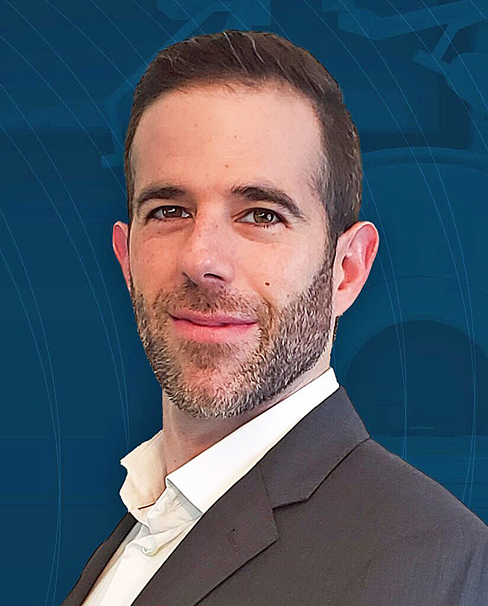
By BERNIE BELLAN We’ve often heard that one of the main reasons Manitoba lags behind other provinces when it comes to economic development is because there is both a lack of entrepreneurial capital in this province and innovative individuals who are willing to base their operations here.
Thus, it was refreshing to hear of one young man who not only grew up in Winnipeg, but who has also decided to stay here and work to help turn a company which he co-founded into a successful start-up.
That young man’s name is Michael Lang, 37. I first met Michael when he was in a bar mitzvah class at Temple Shalom with my daughter, Shira. Having grown up in River Heights, the son of Ida and Sherman Lang, Michael attended, in order, Ecole Robert H. Smith, River Heights Middle School, and Kelvin High School.
Michael notes that, as a young boy, he and several other students, including Ben Carr, would go to Hebrew teacher Ethel Amihude’s home for Hebrew lessons. As a side note I should mention that the same day I interviewed Michael for this story, I also received a phone call from Ben Carr, who is now the Member of Parliament for Winnipeg South Centre. When I mentioned to Ben that I had just got off the phone with his former classmate Michael Lang, Ben said to me that, during the rally held in support of Israel on October 10, at which Ben spoke, he was approached by a woman who said, “I’ll bet you don’t remember me. I taught you Hebrew in my home.” Of course, it was Ethel Amihude – and yes, Ben did recognize her immediately.
Returning to Michael Lang – upon graduating from Kelvin High School, Michael enrolled at the University of Winnipeg to study science, with a particular interest in Physics, which is something he’s always loved, he says. Michael went on to complete his Masters and Ph.D. in Physics at the University of Manitoba, he notes, although his he did much of his research at the University of Winnipeg – “a great experience,” he observes.
I asked him how the Physics Department at the University of Winnipeg would compare with other Physics departments in Canada and the US and, although Michael acknowledges that “it’s a small faculty” – maybe 10 professors in total, they definitely “punch above their weight.”
Now, in order to keep this article at a level that would be understandable to most readers (and to this writer as well), I wanted to avoid asking Michael to go into any great detail about what his area of specialty in Physics was, but – just to give you a taste of what it was that he concentrated upon in his studies, here’s a brief excerpt from his bio on the company website (known as tauMEDIS) that he’s helped to found: “Michael received his Ph.D. in Physics from the University of Manitoba with work on hyperpolarized 129Xe gas production for high-precision co-magnetometry.”
The key word in that sentence is “magnetometry,” because it helps to explain how Michael’s research in that field eventually led him into the field of magnetic resonance imaging – or, as the acronym of that term is much more familiar to most of us: “MRI.”
By now, getting an MRI performed for a host of medical issues is something a lot of us expect to have done – and not with undue delays – and when we must wait for an MRI to be performed, which was something greatly exacerbated as a result of Covid disruptions to our medical system, it can be excruciatingly trying.
In the spring of 2020 – shortly after the start of the pandemic, Michael was working as a lab technician at the University of Winnipeg, where he maintained that university’s small animal MRI facility. It was then that the Principal Investigator of the lab, Dr. Melanie Martin, introduced Michael to members of a group working on a novel intraoperative MRI system. Michael would soon after join the group as a post-doctoral fellow, helping to lay the groundwork for what became tauMEDIS.
What is tauMEDIS? According to information available on its website, “Originally formed in 2018, and officially founded in 2023 by a group of Canadian scientists and engineers who are passionate about medical imaging, the name TauMEDIS is an acronym for tau Medical Imaging Solutions…” (tau is a letter in the Greek alphabet that “has significance in both magnetic resonance imaging as well as a variety of neurodegenerative diseases.”)
Although there are a host of other companies active in producing MRI systems, tauMEDIS has developed a particular type of technology in a specialized area of magnetic resonance imaging known as iMRI: “Intraoperative magnetic resonance imaging” or “iMRI,” for short. iMRI is a “method to acquire updated images of the brain throughout a neurosurgical procedure. Neurosurgeons rely on iMRI technology to obtain accurate images of the brain that guide them in removing brain tumors and treating other conditions such as epilepsy.”
Where tauMEDIS is unique in this highly specialized field though, is in its having developed a method to mobilize a full-sized MRI machine that, not only does not require the patient to be moved from the operating table into another room to have an MRI performed, it optimizes the installation process, allowing for retrofitting in existing operating rooms. (There is another company that makes moving magnet iMRI machines, known as IMRIS, that also allows the patient to remain on the operating table during surgery without having to be moved, but incorporating those particular systems into hospitals usually involves making major changes to the infrastructure of existing operating rooms.) The tauMEDIS system, Michael explains, minimizes renovations, and drastically reduces installation time in existing operating facilities.
“We developed a method to mobilize the MRI on a floor-moving track-based vehicle,” he says. “Essentially it’s a high-precision tank-like device that brings the MRI system to the patient undergoing neurosurgery,” providing the surgical team with updated images of the brain throughout the procedure.
tauMEDIS was just recently incorporated in Manitoba (six months ago). In March of this year its prototype machine received approval from the Food and Drug Administration in the US.
Now, in addition to his role as the company’s Chief Technology Officer, Michael, along with the other principals in the company, have found themselves in the position of having to seek out investment funds for tauMEDIS to commercialize the iMRI system they have developed. The funding would support development of a Winnipeg facility that would begin producing actual systems for sale.
“We just recently had our first showing at the Congress of Neurological Surgeons,” Michael says, “and now we’re in the fund-raising phase.”
I asked him how much money they’re seeking, and he says, “$200,000 to start.” I said to him that doesn’t seem like a lot to ask for and that I wondered whether having this article appear in this paper might not be just what it would take to elicit a positive response from some would-be investors.
Further, Michael notes that the goal of tauMEDIS “is to set up a local facility, combining manufacturing and R&D of tauMEDIS products, all located right here in Manitoba. We hope to attract and develop talent, growing the Winnipeg medical device sector.” (I should also mention that years ago, when I was writing about the Crocus Investment Fund, I noted that one of the first investee companies for Crocus was that very same IMRIS, to which I previously referred. I asked Michael if he knew whatever became of IMRIS back then since, according to Michael, it has now become very successful. As I recall, the Crocus Fund lost its entire investment in IMRIS. According to Michael, the company is now based in Minnesota. What happened after the Crocus debacle I’m not sure – just another example of a company that had a great idea but, for whatever reason, couldn’t succeed in Manitoba – although it did take off when it relocated elsewhere.)
Not only is tauMEDIS seeking capital to begin producing its iMRI systems, it also has other technological innovations in the works – all in the area of medical imaging. As Michael Lang says, his “goal as Chief Technology Officer is to work with physicians around the world to make advances in medical imaging technology and develop novel solutions” that would dramatically improve patient health outcomes.
If you would like to find out more about tauMEDIS, email info@taumedis.com or go to its website: taumedis.ca.
Features
Japanese Straightening/Hair Rebonding at SETS on Corydon

Japanese Straightening is a hair straightening process invented in Japan that has swept America.

Features
History of the Winnipeg Beach Synagogue: 1950-2025
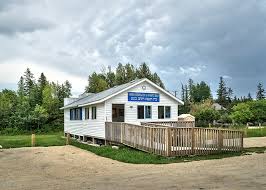
By BERNIE BELLAN The history of the Winnipeg Beach Synagogue is a fascinating one. We have had several articles over the years about the synagogue in The Jewish Post & News.
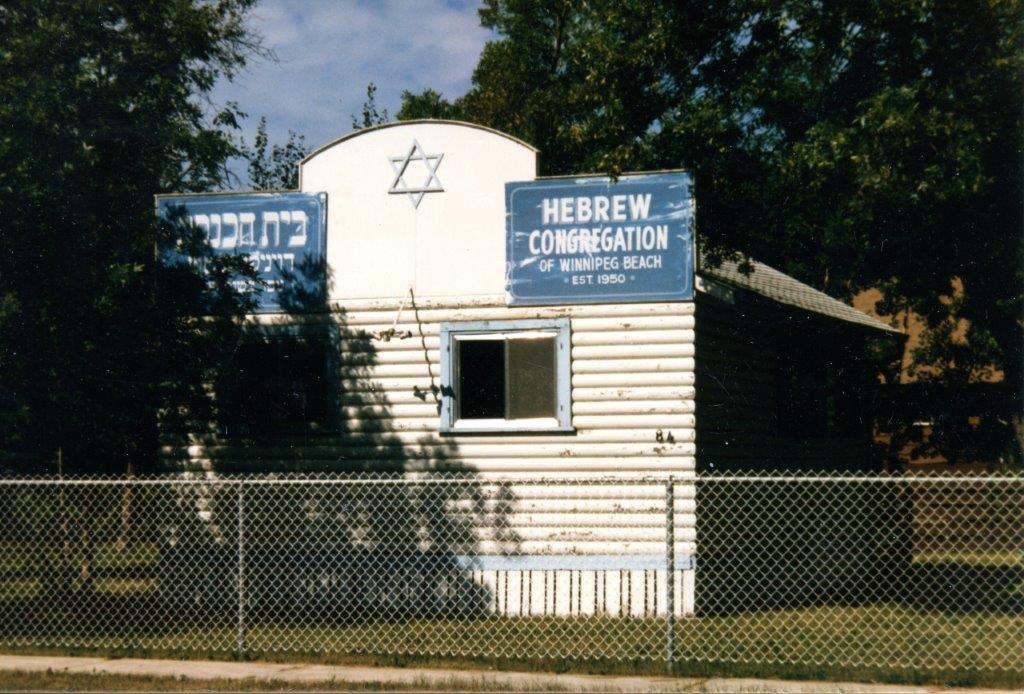
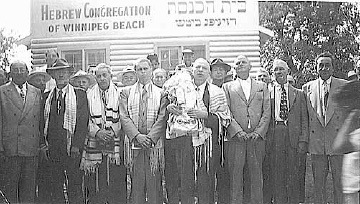
In June 2010 I wrote an article for The Jewish Post & News upon the 60th anniversary of the synagogue’s opening. Here are the opening paragraphs from that article:
“Sixty years ago a group of Winnipeg Beach vacationers decided that what their vacation area lacked was a synagogue. As it happened, a log cabin one-room schoolhouse in the Beausejour area happened to be available.
“In due course, the log cabin was relocated to the corner of Hazel and Grove in Winnipeg Beach, where it stayed for 48 years.”
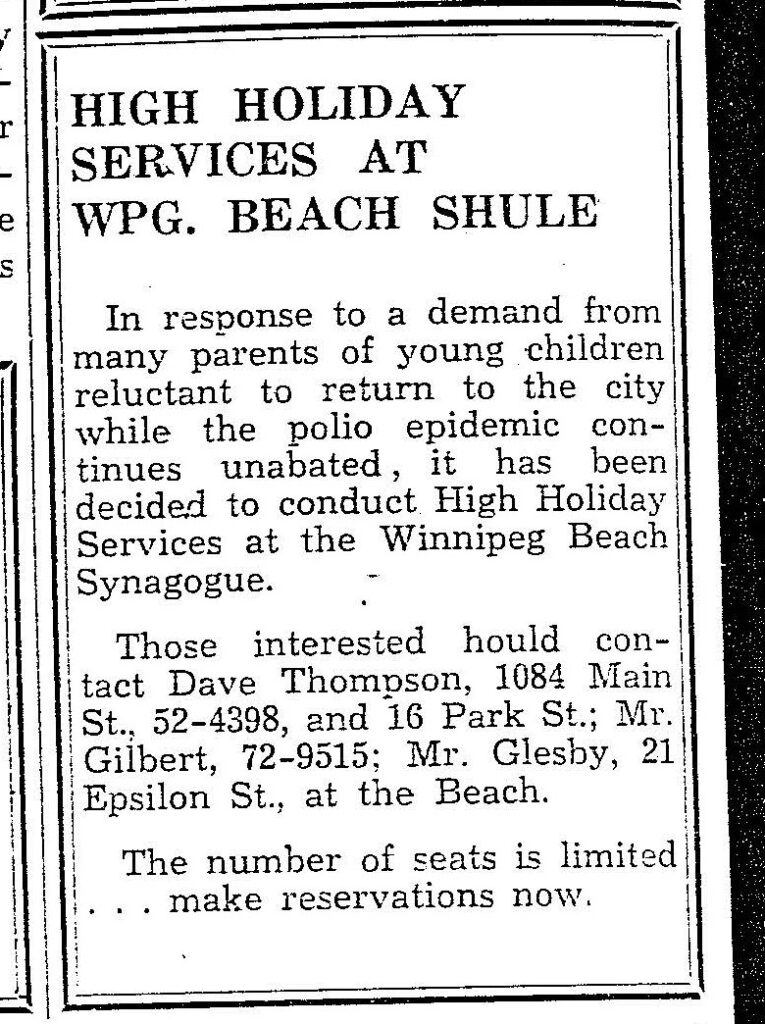
In December 1994 my late brother, Matt, wrote a story about the spraying of antisemitic grafitti on the synagogue which, at that time, was still situated at its original location on the corner of Hazel and Grove in the town of Winnipeg Beach:
“Two 16-year-olds spraypainted slogans like ‘Die Jews,’ ‘I’ll kill you Jews,’ and other grafitti in big letters on the beach synagogue.
“Jim Mosher, a news reporter for the Interlake Spectator in Gimli, said last Halloween’s vandalism against the synagogue wasn’t the first. In the late 1980s, he claimed, it was spraypainted with swastikas.
“Jack Markson, a longtime member of the Winnipeg Beach Synagogue, last week also said he could remember finding anti-Semitic grafitti spraypainted on the synagogue ‘a few years ago,’ and at least twice in the 1970s, when the cottage season was over.”
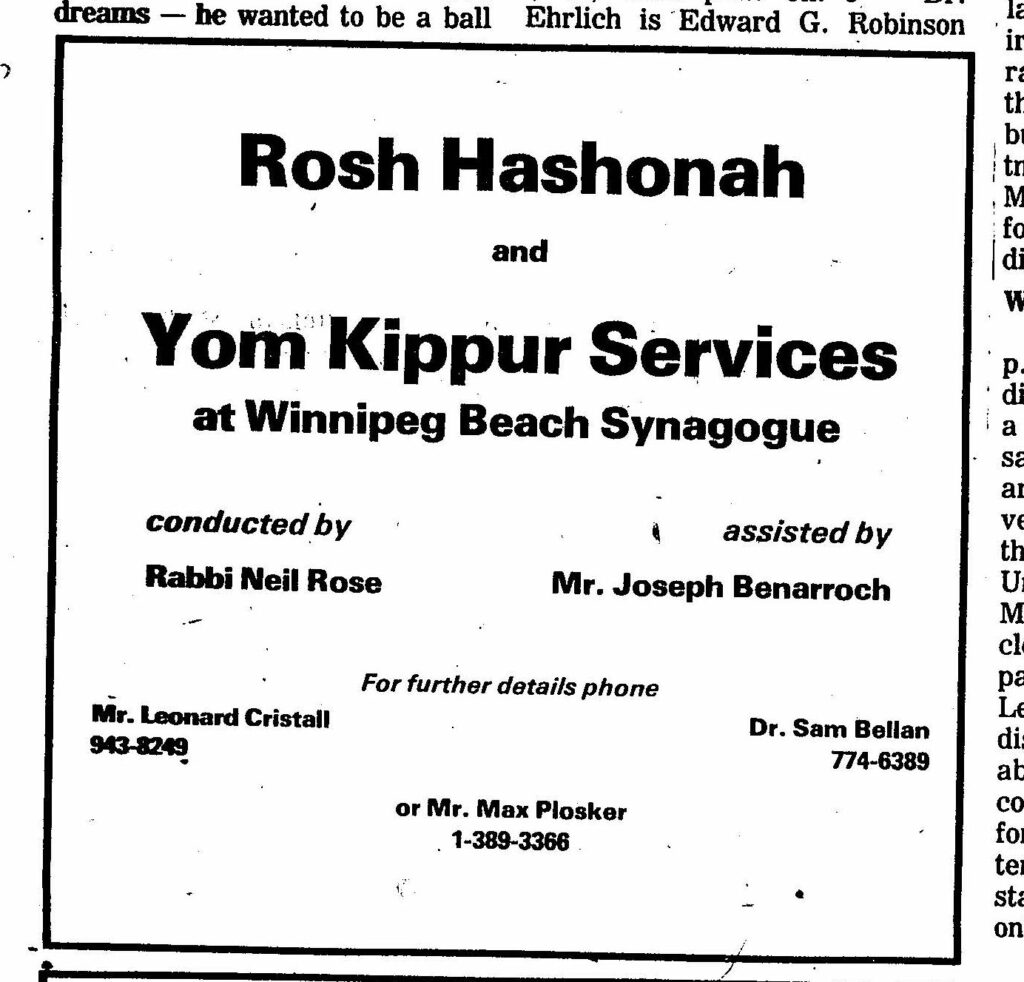
My 2010 article continued: “In 1998 the Town of Winnipeg Beach informed the members of the synagogue that the building would have to be hooked up to the town’s sewer and water system. Rather than incur the cost of $3-4,000, which was thought to be ‘prohibitive,’ according to longtime beach synagogue attendee Laurie Mainster, synagogue goers looked elsewhere for a solution.
“As a result, the board of Camp Massad was approached and asked whether the synagogue might be relocated there, with the understanding that the synagogue would be made available to the camp at any time other than what were then Friday evening and Saturday morning services.
“Over the years the ‘beach synagogue’ had come to be a very popular meeting place for summertime residents of Winnipeg Beach and Gimli. In fact, for years minyans were held twice daily, in addition to regular Saturday morning services. Of course, in those years Winnipeg Beach was also home to a kosher butcher shop.
“While the little synagogue, which measured only 18 x 24 feet, has gone through several transformations, including the move to Camp Massad, and the opening up to egalitarian services in 2007 (The move to egalitarian services was as much a practical necessity as it was a nod to the equality of women – the only Kohen present at the time was a woman!), it has always remained cramped at the best of times.
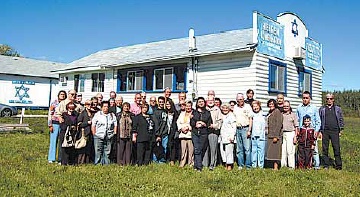
“In recent years the synagogue has seen the addition of a window airconditioner (although to benefit from it, you really have to be sitting just a few feet away), as well as a fridge that allows synagogue attendees to enjoy a regular Saturday morning Kiddush meal following the service.
“According to Laurie Mainster, the Saturday morning service has continued to be popular, even though many of the attendees now drive in from Winnipeg, as they have sold the cottages they once maintained.
“On the other hand, one of the side benefits to being located on Camp Massad’s grounds has been an infusion of young blood from among the camp counsellors.
“Since there is no longer a rabbi available to conduct services (Rabbi Weizman did lead services for years while he had a cottage at the beach), those in attendance now take turns leading the services themselves.
“Anyone may attend services and, while there are no dues collected, donations are welcome. (Donations should be made to the Jewish Foundation of Manitoba, with donors asked to specify that their donations are to be directed to the beach synagogue.)
“Mainster also says that the beach synagogue is now undergoing an expansion, which will be its first in 60 years. An entirely new space measuring 16 x 18 feet is being added – one that will allow for a real Kiddush area. (Until now, a table has been set up in the back of the synagogue and synagogue goers would help themselves to the buffet that is set up each Saturday during the summer. While pleasant enough, it will certainly be more comfortable to have an actual area set aside for the Saturday afternoon after service lunch.)
“As for dress, longtime attendee Abe Borzykowski (in an article written by Sharon Chisvin for the Free Press in 2007) remarked that ‘I don’t think there are many synagogues where people can attend in shorts, T-shirts and sandals and not feel out of place.’ “
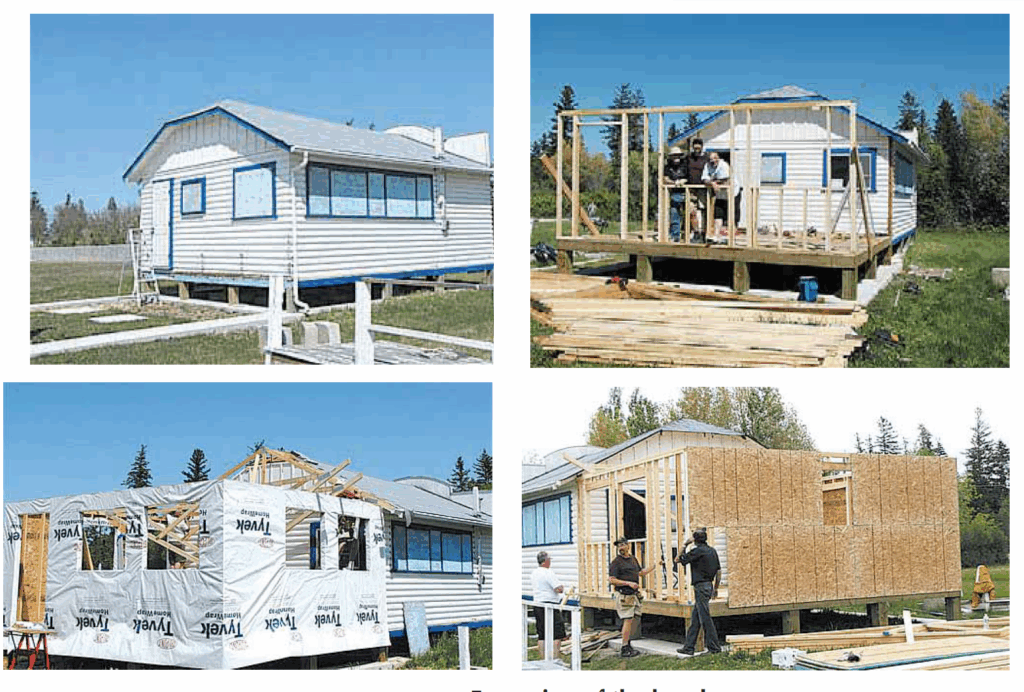
As mentioned in that 2010 article, the beach synagogue at that time was about to undergo an extensive remodelling. Here is an article from a January 2011 issue that describes that remodelling process. The article was written by Bernie Sucharov, who has been a longtime member of the beach synagogue:
“The Hebrew Congregation of Winnipeg Beach made a major change to the synagogue this past summer. With the help of many volunteers, Joel Margolese being the project manager, the synagogue was expanded and an addition was built to handle the overflow crowds, as well as to add more space for the kiddush following services.
“The volunteers spent many Sundays during the summer months building the addition. Bad weather caused many delays, but finally the addition was completed one week before the official summer opening.
“The volunteers were: Joel Margolese, Gordon Steindel, Sheldon Koslovsky, Viktor Lewin, Harvey Zabenskie, Nestor Wowryk, Kevin Wowryk, Victor Spigelman, Jerry Pritchard, and David Bloomfield.
“On Sunday, June 25, 2010 a special ceremony was held to affix a mezzuzah to the front entrance door. Gordon Steindel had the honour of affixing the mezzuzah, which was donated by Sid Bercovich and Clarice Silver.
“Refreshments and food for the day were prepared by Phyllis Spigelman, also known as our catering manager. Throughout the summer, Phyllis, Lenore Kagan and other friends prepared the food for our kiddush.
“A sound system was donated by Arch and Brenda Honigman in memory of their father, Sam Honigman z”l. “The system was installed by Joel Margolese and Stevan Sucharov. This will allow the overflow crowd to hear the service in the new addition.
“There were also generous donations of 50 chumashim and an air conditioner. The chumashim were donated by Gwen, Sheldon and Mark Koslovsky. The air conditioner in the new addition was donated by Joel and Linda Margolese.
“The official opening of the synagogue for the summer took place on July 3, 2010. We had an overflow crowd of 70+ people.”
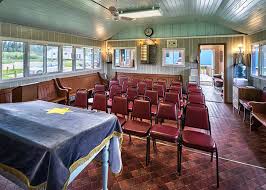
Since that 2010 major addition to the synagogue, it has also added a wheelchair ramp (although I’ve been unable to ascertain exactly when the ramp was built). Also, the synagogue also has its own outdoor privy now. (Attendees used to have to use facilities in Camp Massad.)
And, as already noted in article previously posted to this site (and which you can read at Beach Synagogue about to celebrate 75th anniversary), in recognition of that occasion, on August 2nd members of the synagogue will be holding a 75th anniversary celebration.
As part of the celebration anyone who is a descendant or relative of any of the original members of the first executive committee is invited to attend the synagogue that morning.
If you are a relative please contact Abe Borzykowski at wpgbeachshule@shaw.ca or aborzykowski@shaw.ca to let Abe know you might be attending.
Features
Kinzey Posen: CBC Winnipeg’s former “go-to guy”
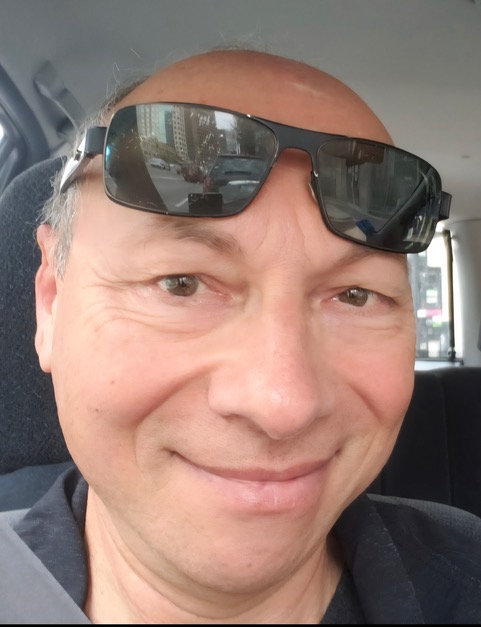
By GERRY POSNER If former Winnipegger Lawrence Wall was the CBC go-to guy in Ottawa, CBC Winnipeg had its own version of a go-to guy for many years with none other than the very well known Kinzey Posen. Of course, many readers will recognize that name from his career with Finjan, the Klezmer group so famous across Canada and beyond. It has been written about Posen and his wife Shayla Fink that they have been involved in music since they got out of diapers. And, as an aside, their love and ability in music has now been transmitted to the next generation as in their son, Ariel Posen (but that’s another story).
Kinzey Posen (not to be confused with Posner, or maybe we are to be confused, but who knows for sure?), was a graduate of Peretz School, having attended there from nursery right until Grade 7, graduating in1966. That was followed by Edmund Partridge and West Kildonan Collegiate. Musically, he was in large part self taught. However, he did have some teachers along the way. After moving to Vancouver – from 1974-78, he had the chance to study acoustic classical bass with a member of the Vancouver Symphony Orchestra. When Kinzey lived in Vancouver, he also worked as a jazz musician.
Upon returning to Winnipeg, Kinzey enrolled as a mature student at the University of Winnipeg, where he obtained a Bachelor of Urban Studies degree. Although the degree was in no way connected to the career that followed, his attending the University of Winnipeg was critical to his connecting with the CBC. Why? you ask. Kinzey had a position after graduation working for the Institute of Urban Studies. While there, he met someone who invited him to work for the Department of Continuing Education as one of their program directors. At the time the Department of Continuing Education was located at 491 Portage Avenue, which was also known as the TJ Rice Building. The CBC also leased some space in the same building. According to Kinzey, the CBC part of the building “included HR, different shows and other support offices. Continuing Education was located in the basement and main floor and that’s where I worked.”
KInzey had long had an interest in the CBC, which made the fact that the CBC had some offices in the same building where he was working serendipitous. That Kinzey might be interested in visiting the CBC was not an accident. As a young boy he had a nightly connection to CBC, as it was his ritual to listen to CBC Radio (as well as all sorts of other radio stations across the USA) on his transistor radio every night in bed. He became enamoured of one particular CBC host, Bill Guest, so that when going to sleep, he imagined that he was Guest doing interviews with imaginary guests. That dream of working for CBC became a reality when he had a chance to do a one week gig with Jack Farr’s network program.
Kinzey took a week off from his Continuing Education job and spent five days at the CBC. That week was a training session for Posen, as he had to create ideas, research, pre-interview, write the script, and set up the studio for Farr’s interview. He was almost in his dream job – although not quite – since it was only for one week. His opportunity, however, came in 1988, when he was offered a one-year term as a production assistant – the lowest guy on the ladder, for a show called “ Simply Folk,” with the late Mitch Podolak as the host. Although he was indeed at the bottom as far as those working on the show were concerned, he took a chance and gave his notice to the U of W. The rest is history. In his new job, Kinzey learned how to become a producer. Lucky for him, at the end of the year, when the person he replaced was supposed to come back, she never returned (just like the song, “MTA,” by the Kingston Trio). At that point, Kinzey was hired full time at the CBC.
Kinzey was a fixture at the CBC for 27 years. During those years, Kinzey had the chance to work with Ross Porter, a respected former CBC host and producer, also with Karen Sanders – on the “Afternoon Edition.” One aspect of Kinzey’s job on the Afternoon Edition was to come up with ideas, mix sound effects, arrange interviews and music, to create a two-hour radio experience. In addition, he covered jazz and folk festivals and, as a result, was exposed to some of the best musicians in the world. With Ross Porter in the 1990s, he worked on a network jazz show called “ After Hours,” which was on from 8-10 PM five nights a week. Kinzey was involved with writing the scripts, picking the music, and recording the shows, as well as editing them and then presenting them to the network for playback.
Of course, over his career, Kinzey had many memorable moments. He told me about one of them. The story revolved around the National Jazz Awards one year in particular. The awards were to be broadcasted after the National News which, in those days, began much earlier in the evening, and were over by 8:00 pm. The legendary Oscar Peterson was lined up to play a half hour set at the awards, starting at 7:30. But, as Kinzey told me, Oscar Peterson had a “hate on” for the CBC ecause one of his recorded performances was wrongly edited and he refused to appear on CBC under any circumstances. As the time neared 8:05 PM, which was when the CBC was to begin its broadcast of the jazz awards, it became apparent that Oscar was not going to finish on time. As the producer of the awards show, Kinzey was tasked with telling Oscar Peterson to wrap it up and get off the stage. There was Kinzey Posen, a huge fan of Oscar Peterson, now faced with the prospect of telling Oscar – while he was still playing – with 500 people in the audience, to stop and get off the stage. Not often was or is Kinzey Posen frozen, but that was one such moment. There was one loud “Baruch Hashem” from Kinzey when Oscar completed his set literally just in time.
Clearly, Kinzey was part of a very successful run with After Hours as it was on the air for 14 years. It was easily one of the most popular shows on CBC Radio 2, and a winner of several broadcasting awards. Kinzey also played a major role in producing a two part documentary about legendary guitarist Lenny Breau.
When After Hours ended, Posen became one of the contributing producers to Canada Live and specialized in producing live radio specials for the network, such as the Junos, for CBC Radio One and Two. Needless to say, his career planted Posen in the world of some top notch musicians, including his time spent working with Robert Plant (Led Zeppelin), Dave Brubeck, Randy Bachman, Chantal Kreviazuk and a list of prominent names in the Canadian, American and European music spheres. Locally, the CBC came to refer to Kinzey as the Jewish expert. I would add music expert to that title.
After his 27 year run at the CBC – and before he fully retired, Kinzey went on to work for the Rady JCC as a program director for a year and a half. Of course, to say that Kinzey Posen is retired is a major contradiction in terms. You really can’t keep him down and he has his hand in a variety of programs and projects – most of which he remains silent about, as is his style.
When I realized the full depth and talent of Kinzey Posen, I quickly concluded that he must certainly be related to me. Even if he isn’t, I now tell people he is.
